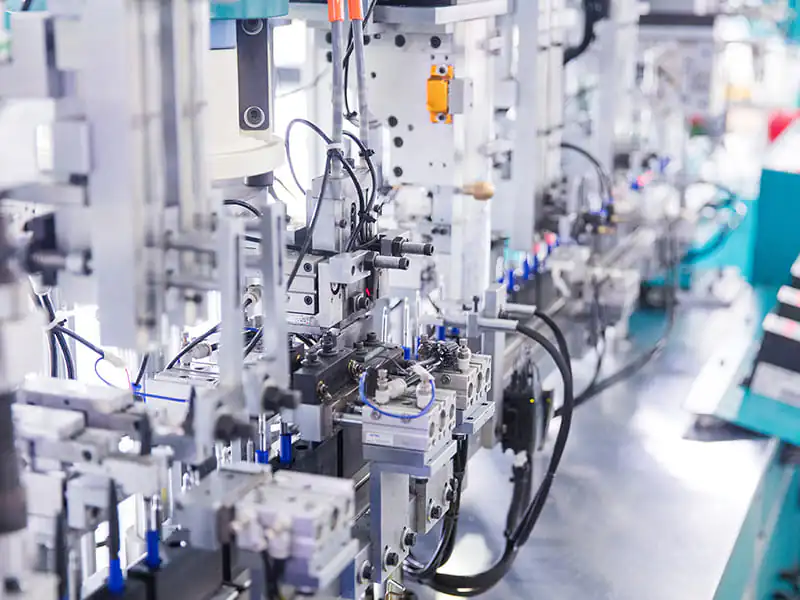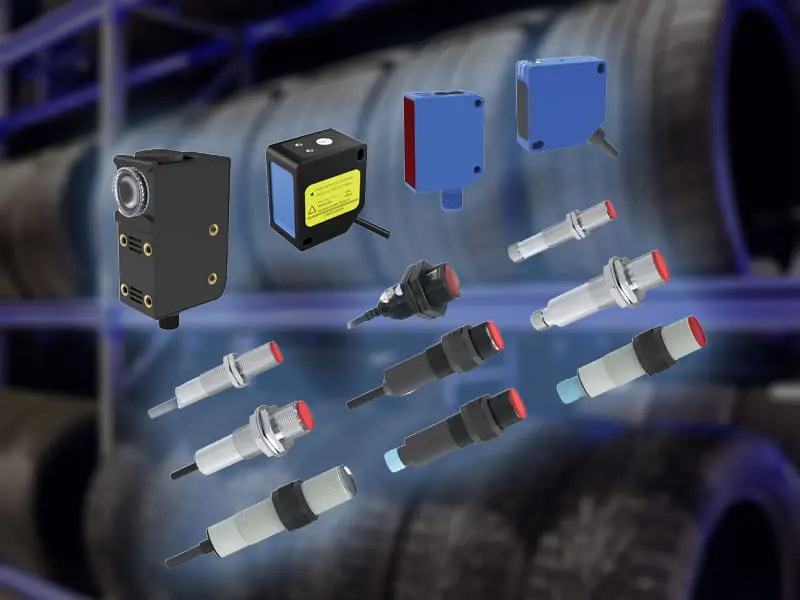When it comes to industrial automation and precision detection, knowing how to choose inductive proximity sensor is not just a task—it’s a decisive factor for your system’s efficiency, safety, and longevity. Today, let’s dive deep into the world of Bedook inductive proximity sensors and unravel how you, as an automation engineer, procurement manager, or industry enthusiast, can choose inductive proximity sensor that perfectly aligns with your needs.
Imagine a production line where metal parts go undetected, or a hazardous environment where a sensor fails due to non-compliance with explosion-proof requirements. The consequences are costly—downtime, equipment damage, and even safety risks. That’s why choosing an inductive proximity sensor with precision is critical. Bedook, with decades of expertise in sensor technology, offers a range that’s not just about detection—it’s about reliable, tailored detection for every scenario.
An inductive proximity sensor detects metal objects via electromagnetic induction. But not all sensors are created equal. When you choose inductive proximity sensor from Bedook, you’re choosing a blend of innovation and durability. Let’s break down what sets them apart:
- Core Principle: Emits an electromagnetic field; metal objects disrupt it, triggering a signal.
- Bedook Edge: Advanced coil design, robust housings, and wide-ranging models to fit any industrial need. Unlike capacitive or photoelectric sensors, inductive ones excel at metal detection with unmatched anti-interference performance—perfect for harsh factory floors.
First, map out where and how the sensor will work.
- General Industrial Scenarios (e.g., assembly lines, material sorting): Opt for Bedook’s standard cylindrical or rectangular sensors.
- Special Environments (where Bedook truly shines):
- Explosive Environments: Choose inductive proximity sensor from the NAMUR Series—certified for intrinsic safety, ideal for chemical or mining industries.
- High-Temperature Zones (100℃+): The High-Temperature Series handles extreme heat, like in metallurgy or casting.
- Wide Temperature Fluctuations: Wide Temperature Series stays reliable in drastic cold-to-heat shifts (e.g., outdoor equipment).
- Corrosive Media: Teflon-Plated Series resists chemicals, perfect for food processing or chemical plants.
- High Mechanical Impact: Metal Face Series—with rugged metal detection surfaces—survives heavy collisions (e.g., heavy machinery).
What metal are you detecting? How big is it? How fast does it move?
- Metal Size & Distance: Small metals need short-detection sensors (e.g., M8 cylindrical); large metals work with long-detection models (e.g., M30 cylindrical).
- Output Type:
- On-Off Control: Standard switch-type sensors.
- Continuous Position Feedback: Choose inductive proximity sensor from the Analog Output Series—it delivers voltage/current signals for precise positioning (e.g., in robotic arms).
Your setup dictates the sensor’s shape and size.
- Space Constraints:
- Tight spaces? Go for small cylindrical sensors (M8/M12) or mini rectangular sensors (Q5/Q8).
- Ample space? Larger cylinders (M18/M30) or big rectangles (Q40/Q80) work.
- Installation Style:
- Flush mounting? Pick flush-mount compatible models.
- Non-flush? Choose non-flush variants for extended detection ranges.
- Special Mounting: Need to detect wires/pipes? Choose inductive proximity sensor from the Ring Probe Series—it wraps around objects for through-detection (e.g., wire production lines).
Ensure the sensor plays well with your system.
- Power Supply: DC 24V, AC 220V, etc.—match with wiring types (DC 2-wire/3-wire/4-wire, AC 2-wire).
- Output Interface: NPN/PNP (for switches) or analog signals (for the Analog Series)—align with your PLC or control unit.
Beyond the basics, Bedook has you covered:
- Temperature tolerance? High-temp or wide-temp series.
- Corrosion resistance? Teflon-plated series.
- Explosion protection? NAMUR series.
- Mechanical durability? Metal face series.
Let’s look at real-world examples where choosing the right Bedook sensor made all the difference.
- Automotive Manufacturing: In a car body assembly line, engineers chose inductive proximity sensor from Bedook’s M12 Cylindrical Series to detect metal panels. The sensors’ high precision ensured panels aligned perfectly, reducing rework by 30%.
- Chemical Industry: A petrochemical plant needed explosion-proof detection for valve positions. They chose inductive proximity sensor from the NAMUR Series—certified for hazardous zones, it ran flawlessly for 5+ years without safety incidents.
- Food Processing: A snack factory used Teflon-Plated Sensors to detect metal contaminants in packaging. The Teflon coating resisted food-grade cleaners, and the sensors’ reliability cut downtime by 20%.
- Metallurgy: A steel mill deployed High-Temperature Sensors near furnaces (180℃+). The sensors’ heat-resistant design monitored billet positions, improving production efficiency by 15%.
- Myth: “Longer detection distance is always better.” → Reality: Oversized detection ranges cause false triggers. Match distance to your metal’s size.
- Myth: “Ignore temperature—all sensors work the same.” → Reality: High-temp environments will fry standard sensors. Always choose inductive proximity sensor rated for your max temperature.
- Myth: “One sensor fits all metals.” → Reality: Metal type, size, and speed demand different models. Let Bedook’s series guide your choice.
To choose inductive proximity sensor that delivers performance, durability, and value, follow this framework: Scene → Object → Structure → Electricals → Special Needs. Bedook’s comprehensive series—from cylindrical to NAMUR, from analog to high-temp—ensures there’s a perfect fit for your challenge.
Today, don’t just pick a sensor—choose inductive proximity sensor that’s a strategic asset for your operations. Reach out to Bedook’s technical team, explore their 选型手册 (selection guide), or dive into their case studies. With Bedook, you’re not just choosing a sensor—you’re choosing peace of mind.
Explore Bedook: Your Trusted Sensor Manufacturer
At Bedook, we specialize in designing, developing, and manufacturing a comprehensive range of proximity sensors and switches. Our extensive product lineup includes:
With over 10,000 detailed product variations and a robust R&D team, we take pride in our ability to meet your unique requirements with tailored solutions and reliable performance.
Whether you’re seeking off-the-shelf products or customized designs, Bedook offers the expertise and production capacity to ensure your satisfaction.
We value your interest in our products and warmly encourage you to send us an inquiry. Let us help you find the perfect sensor solution for your application.
Thank you for considering Bedook—your trusted partner in innovation and quality manufacturing. We look forward to collaborating with you!






